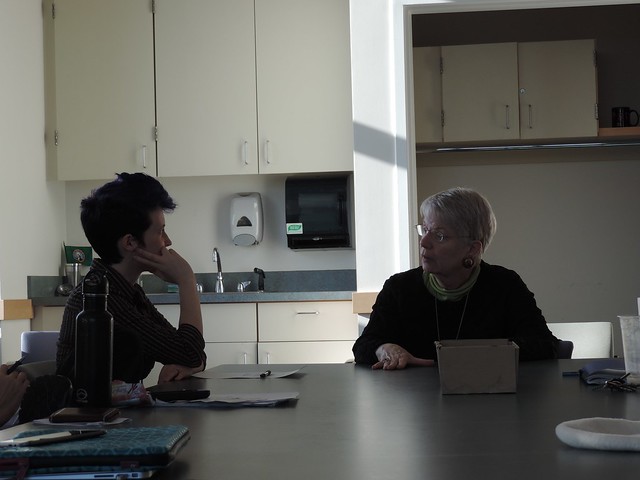As you may have seen on Google’s page, this March 23rd marks what would have been Emmy Noether’s 133rd birthday. If you hadn’t heard of Emmy Noether before, you’re not alone (I hadn’t either); it just goes to show how easy it is for scientists to be lost to time even when their discoveries aren’t. So let’s take a look at Emmy Noether’s contributions to science/math.
Emmy Noether was born in Germany on March 23rd, 1882. As a child, she was not noted for being academically gifted, although family friends remarked on her talent for solving logic puzzles. She studied at the University of Erlangen, which, in addition to only having 2 female students out of almost a 1000 total, only allowed her to audit classes. In spite of this, Dr. Noether would eventually successful complete a dissertation in mathematics in 1907. After being introduced to the work of David Hilbert, she began her first forays into abstract algebra. David Hilbert went on to get her a teaching position at his university, although the school would not pay her and only referred to her as his assistant. She eventually received recognition of her status of a professor, along with a small salary. Unfortunately, as in too many histories of German scientists, the rise of the Nazi party in Germany came with the expulsion of Jewish professors from their posts. Although Dr. Noether continued to meet with students to discuss mathematics, she eventually left Germany for a paid position at Bryn Mawr College, where she worked until her death in 1935.
Much as it pains me to admit, I cannot hope to properly explain Emmy Noether’s contributions to the field of abstract algebra, particularly non-commutative algebra (where the commutative property no longer applies). Suffice to say, her contributions to mathematics and theoretical physics helped theoretical mathematics to become a field of study, and are still being used today. So happy 133rd birthday to Dr. Noether!
